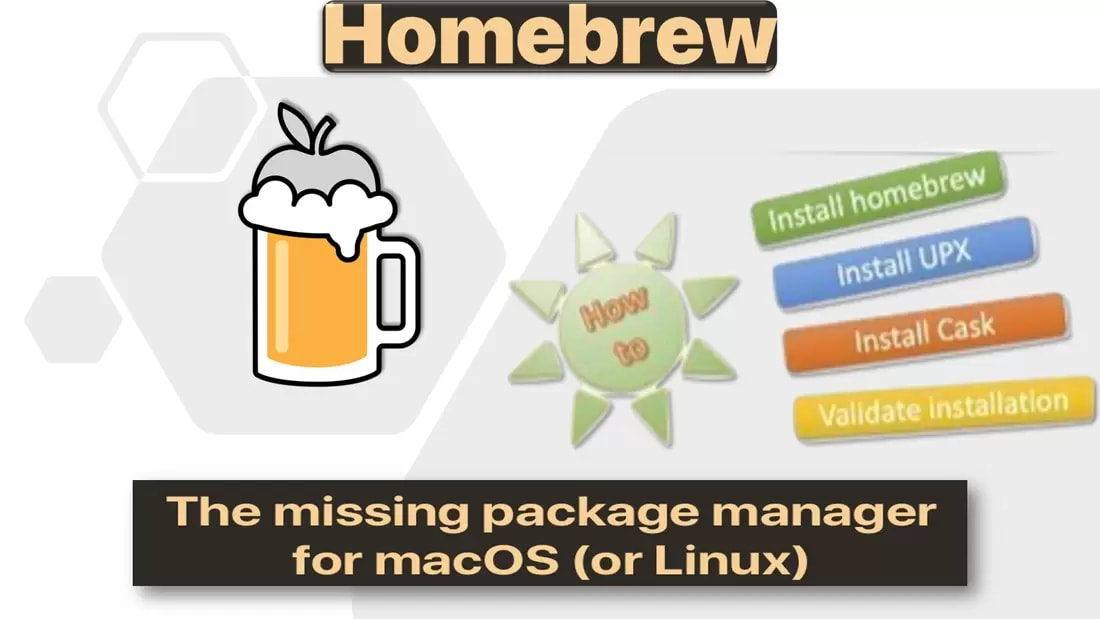

- Uninstall homebrew for mac install#
- Uninstall homebrew for mac software#
- Uninstall homebrew for mac password#
- Uninstall homebrew for mac download#
- Uninstall homebrew for mac free#
This is a security measure and is something you’ll see often when prompted for passwords on the command line. However, when you type your password, your keystrokes will not display in the Terminal window.
Uninstall homebrew for mac password#
You’ll be prompted to enter your password during the process. It also ensures you have the prerequisites in place before it continues. This lets you know exactly what Homebrew is going to do to your system before you let it proceed. The installation script will explain what it will do and will prompt you to confirm that you want to do it. Once you’re comfortable with the contents of the script, execute the script with the bash command: Use the less command to review the installation script so you understand what it will do"
Uninstall homebrew for mac download#
Rather than displaying the contents to the screen, the -o switch saves the contents into the file you specify.īefore running a script you’ve download from the Internet, you should review its contents so you know what the script will do.

Uninstall homebrew for mac install#
To install Homebrew, you’ll download an installation script and then execute the script.įirst, download the script to your local machine by typing the following command in your Terminal window: Step 3 - Installing and Setting Up Homebrew Then the tools will download and install automatically.
Uninstall homebrew for mac software#
You’ll be prompted to start the installation, and then prompted again to accept a software license. You won’t need Xcode to use Homebrew, but some of the software and components you’ll want to install will rely on Xcode’s Command Line Tools package.Įxecute the following command in the Terminal to download and install these components: Xcode is an integrated development environment (IDE) that is comprised of software development tools for macOS. Step 2 - Installing Xcode’s Command Line Tools Now that you have the Terminal running, let’s install some additional tools that Homebrew needs. The command line interface on macOS is very similar, and the concepts in that tutorial are directly applicable. To get more comfortable using the command line, take a look at ( ). Alternatively, you can use Spotlight by holding down the COMMAND key and pressing SPACE to find Terminal by typing it out in the box that appears. From here, double-click the Terminal application to open it up. Like any other application, you can find it by going into Finder, navigating to the Applications folder, and then into the Utilities folder. To access the command line interface on your Mac, you’ll use the Terminal application provided by macOS. While older versions of macOS may work, they are not officially supported. You will need a macOS computer running Catalina or higher with administrative access and an internet connection. You’ll install system tools and desktop applications from the command line interface. In this tutorial you’ll install and use Homebrew on your Mac. You’ll use Homebrew to install developer tools like Python, Ruby, Node.js, and more.
Uninstall homebrew for mac free#
Homebrew is a package manager for macOS which lets you install free and open-source software using your terminal. Package managers keep the software they install in a central location and can maintain all software packages on the system in formats that are commonly used. A package manager is a collection of software tools that work to automate software installations, configurations, and upgrades. While the command line interface on macOS has a lot of the functionality you’d find in Linux and other Unix systems, it does not ship with a package manager. The command line, also known as a shell, lets you automate many tasks you do on your computer daily, and is an essential tool for software developers. Instead of clicking buttons with your mouse, you’ll type commands as text and receive text-based feedback. The command line interface is a non-graphical way to interact with your computer.


 0 kommentar(er)
0 kommentar(er)
